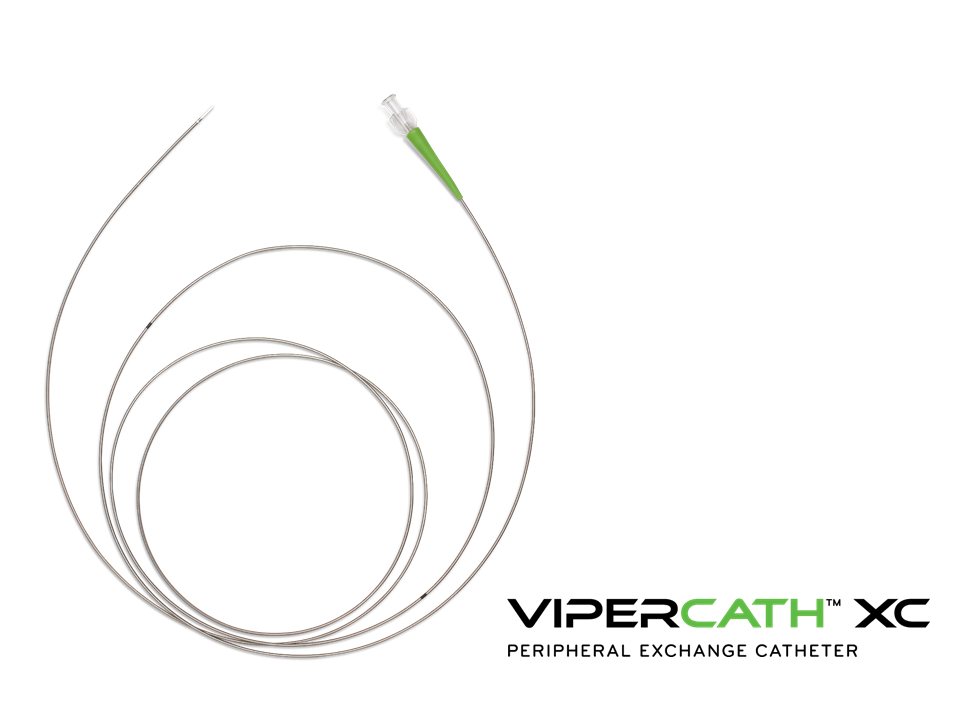Manufacturer > Cardiovascular Systems > Devices > VIPERCATH™ XC PERIPHERAL EXCHANGE CATHETER
VIPERCATH™ XC PERIPHERAL EXCHANGE CATHETER
scription The Cardiovascular Systems, Inc. (CSI) VIPERCATH XC Peripheral Exchange Catheter (exchange catheter) is designed to support use of a guide wire during access of the peripheral vasculature. The exchange catheter allows for exchanges of guide wires, up to diameters of 0.035“ during interventional and diagnostic peripheral arterial procedures. Both straight and angled models are available in order to accommodate a variety of vasculature and procedural needs.
Features and Benefits
Safety informations
Potential adverse events
Device Documents
Questions & Answers
×

